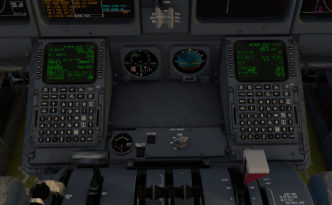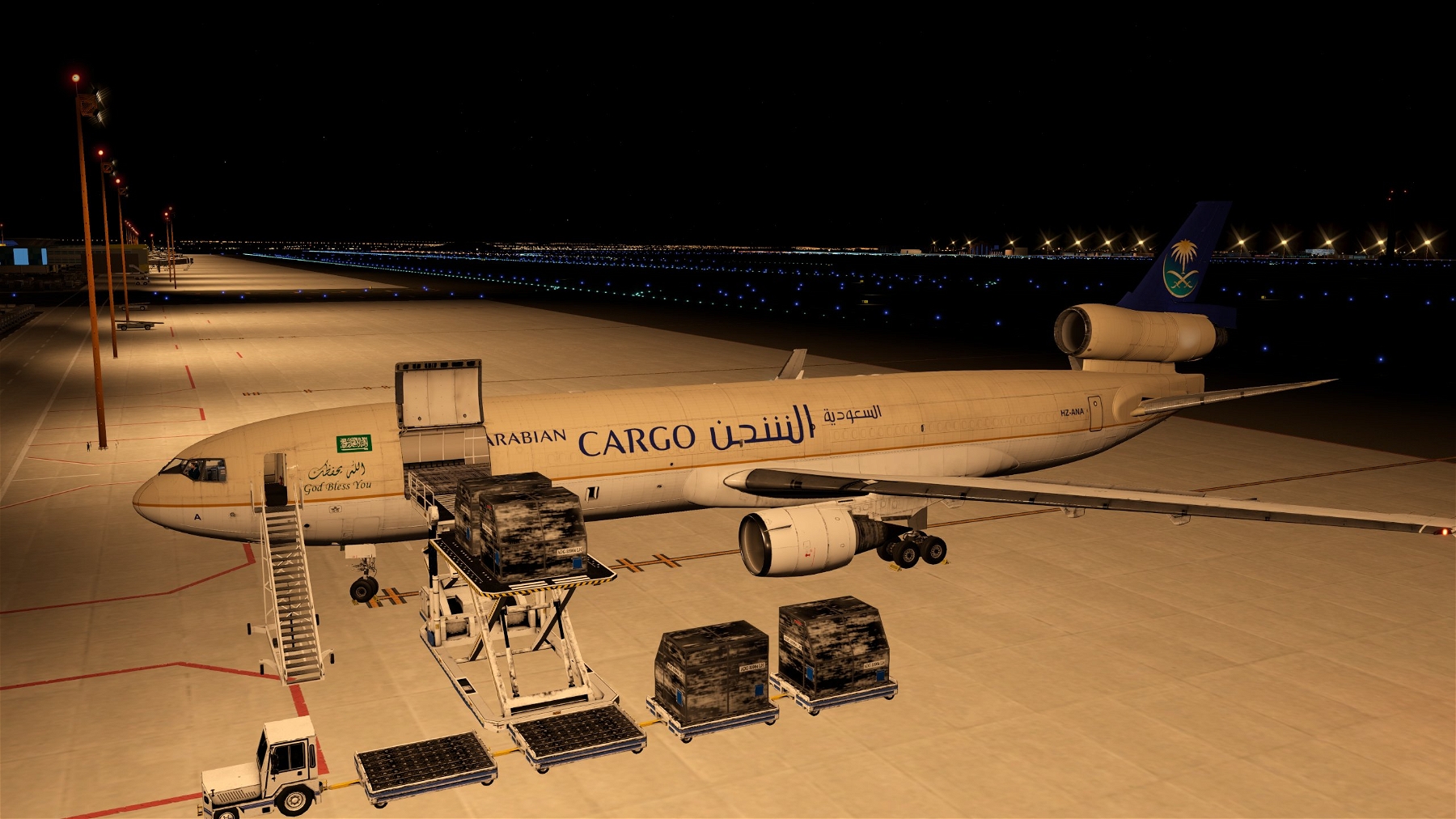

#Rotate md11 verification
The verification also proved, that had the crew rejected takeoff at that point, the aircraft would have stopped before the end of the runway.

#Rotate md11 simulator
The simulator verification showed, that had the crew pushed the thrust levers into maximum thrust when they recognized the abnormal situation, they would have safely taken the aircraft airborne 670 meters before the end of the runway. As verified in simulator verification the decision to rotate was the wrong decision. As the aircraft had not yet reached Vr, the aircraft could not get airborne when rotated. This shows the crew recognized the abnormal situation but did not identify the error (thrust levers not in takeoff position) in a hurry but reacted instinctively only. The observer called "rotate", the captain rotated the aircraft. When the aircraft approached the end of the runway several options were available: reject takeoff and close the throttles, continue takeoff and push the throttle to the forward mechanical stop, continue takeoff and immediately rotate. None of the anomalies described in this paragraph prompted the crews members' attention. A hand held on the thrust levers will feel the lever moving forward, however, the crew entirely lost situational awareness. Under normal circumstances with autothrust being engaged a click sound will occur as soon as the thrust levers reach the takeoff thrust position. The T/O THRUST page never appeared (it appears if autothrust is engaged and changes from CLAMP to Thrust Limit setting. Somebody within the crew, possibly on the observer seats, suggested the aircraft may be a bit heavy.

Audibly the engine sound was weak, visibibly the speed of the aircraft was low, tactically the pressure on the back of the seat was weaker than normal. The crew members perceived something was wrong. During the accident departure the pilot in the left seat did not advance the thrust levers to more than 60 degrees, hence the server motors did not work although autothrust was engaged but remained in CLAMP mode and thus did not adjust the thrust to reach takeoff settings. According to the design criteria of the MD11 the crew needs to push at least two thrust levers to beyond 60 degrees, which will trigger autothrust to leave "CLAMP" mode and adjust the thrust to reach the target setting for takeoff, the servo motors would push the thrust levers forward in that case. The aircraft had not reached Vr at the end of the runway and could not get airborne. Last but not least is the pricing of the MD-11 unfortunately, neither Rotate nor have provided a specific figure as to how much the plane will cost, though it was mentioned in the comments of the release trailer that pilots could expect the trijet to be in the 80-90USD range.The crew did not properly operate the thrust levers so that the engines did not reach take off thrust. Check out his channel to learn more about the upcoming release.
#Rotate md11 full
Q8Pilot is currently active on the YouTube platform, showcasing the aircraft in its full glory. Rotate has distributed some preview copies to streamers for usage in anticipation of the release. Preceding the CaptainSim L1011, the PMDG MD-11 and JustFlight DC-10 were developed originally for 32bit platforms such as FSX. Complimenting this fact is the lack of high-caliber heavy trijets in any sim, as the CaptainSim L1011 TriStar exists as the last notable 3-engined model. As mentioned before, MD-11 is the first quality heavy trijet that the X-Plane 11 community has ever seen.


 0 kommentar(er)
0 kommentar(er)
